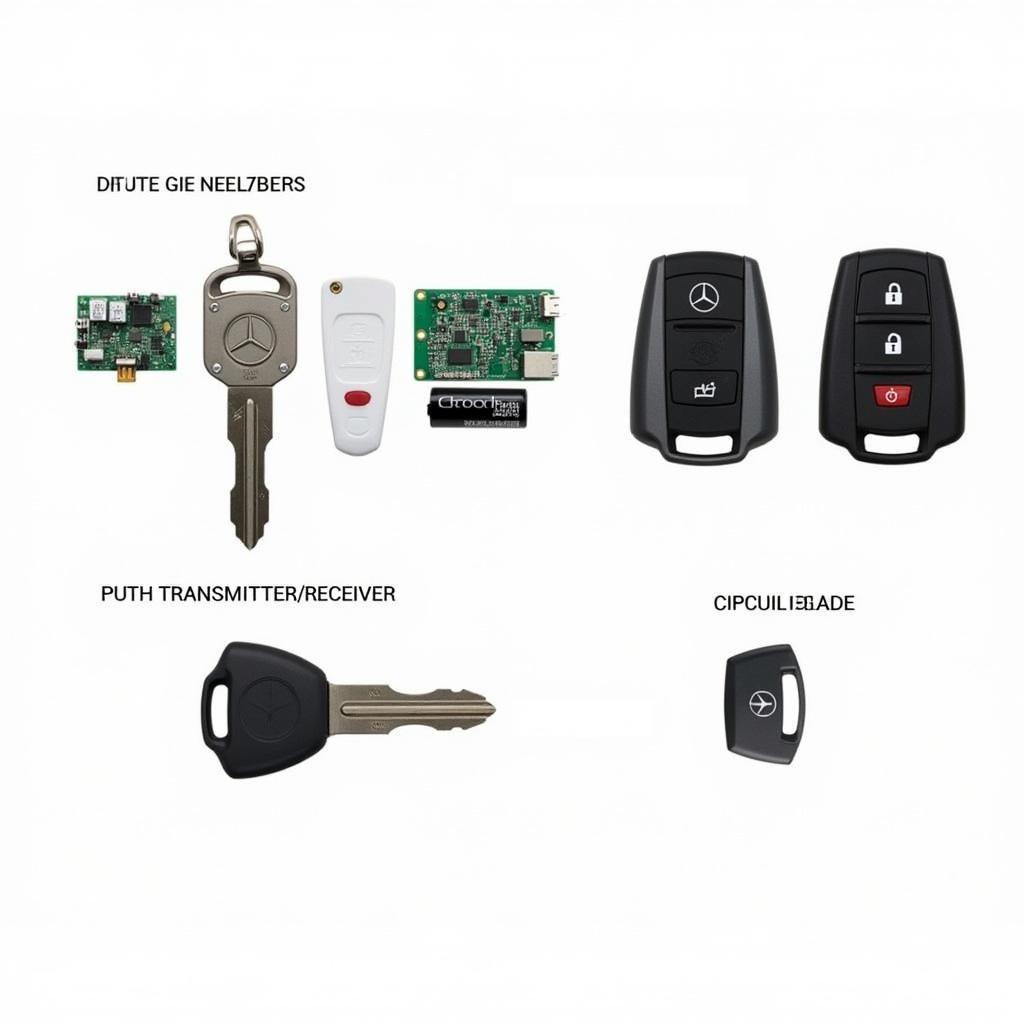Performing a battery draw test with a test light is a fundamental skill for any car owner. It allows you to identify parasitic drains that can slowly kill your battery, leaving you stranded. This guide will provide a comprehensive walkthrough of how to conduct this test effectively and pinpoint those energy-sapping culprits.
A car battery isn’t designed to constantly power devices when the engine is off. A small amount of draw is normal for things like the clock and security system, but excessive draw indicates a problem. If car not starting, a battery draw test can be your first step in diagnosing the issue.
Understanding the Basics of Battery Draw
Before we delve into the test itself, let’s clarify what battery draw is. Simply put, it’s the amount of current flowing from your battery when the car is off. Everything from a faulty alternator to a glove box light left on can contribute to this draw.
What You’ll Need for the Test
- Test light: This is your primary tool for detecting current flow.
- Multimeter (optional): While not essential for a basic test, a multimeter provides a more precise reading of the current draw.
- Basic hand tools: You may need some tools to remove panels or access battery terminals.
- Patience: This process can sometimes be a bit of a detective game!
 Battery Draw Test Light Setup
Battery Draw Test Light Setup
How to Perform a Battery Draw Test with a Test Light
- Safety First: Disconnect the negative battery cable. This is crucial to prevent short circuits and ensure your safety.
- Connect the Test Light: Connect the alligator clip of your test light to the negative battery terminal and the probe end to the negative battery cable.
- Observe the Light: If the test light illuminates, you have a current draw. A bright light suggests a significant draw, while a dim light indicates a smaller draw.
- Isolate the Circuits: Begin pulling fuses one at a time from the fuse box. Observe the test light after removing each fuse. If the light goes out, you’ve identified the circuit causing the draw.
- Narrow Down the Culprit: Once you’ve identified the circuit, consult your car’s wiring diagram to see what components are on that circuit. This will help you pinpoint the exact source of the drain.
Battery terminal loose connection can also cause issues, so make sure your connections are tight before performing this test.
Common Causes of Excessive Battery Draw
Several culprits can lead to a significant battery drain. Here are some of the most common ones:
- Interior Lights: A dome light, glove box light, or trunk light left on can drain your battery surprisingly quickly.
- Faulty Alternator: A failing alternator can draw power even when the car is off.
- Bad Relay: A stuck relay can continuously power a circuit, even when it shouldn’t.
- Aftermarket Accessories: Improperly installed aftermarket accessories, such as stereos or alarms, are common causes of battery drain.
Interpreting the Test Light Results
The brightness of the test light is a key indicator of the magnitude of the draw. A bright light signifies a significant draw that needs immediate attention. A dim light indicates a smaller draw, which might be normal or could still warrant further investigation. If your car battery is dead, a bright light during this test could confirm your suspicions of a parasitic drain.
Tips for an Accurate Battery Draw Test
- Wait a While: After turning off the car, wait at least 30 minutes before starting the test to allow modules to go to sleep and avoid false positives.
- Use a Quality Test Light: A cheap test light might not be sensitive enough to detect smaller draws.
- Check the Wiring Diagram: This is essential for identifying the components on each circuit.
“A multimeter provides a precise numerical value for the current draw, allowing for more accurate diagnosis,” says John Smith, Automotive Electrical Engineer at AutoTech Solutions.
Conclusion
Performing a battery draw test with a test light is a straightforward yet powerful method for diagnosing battery drain issues. By following these steps and understanding the common causes, you can keep your car’s electrical system healthy and avoid those dreaded dead battery situations. Battery full but car not starting might seem unrelated, but excessive battery draw can weaken the battery over time, leading to starting problems. Remember, maintaining your car’s electrical system is crucial for its overall health and reliability.
Car battery sign on and off could also indicate a drain, especially if the battery light flickers or stays on when the car is running. This requires a separate diagnosis, but understanding battery draw is a good foundation.

